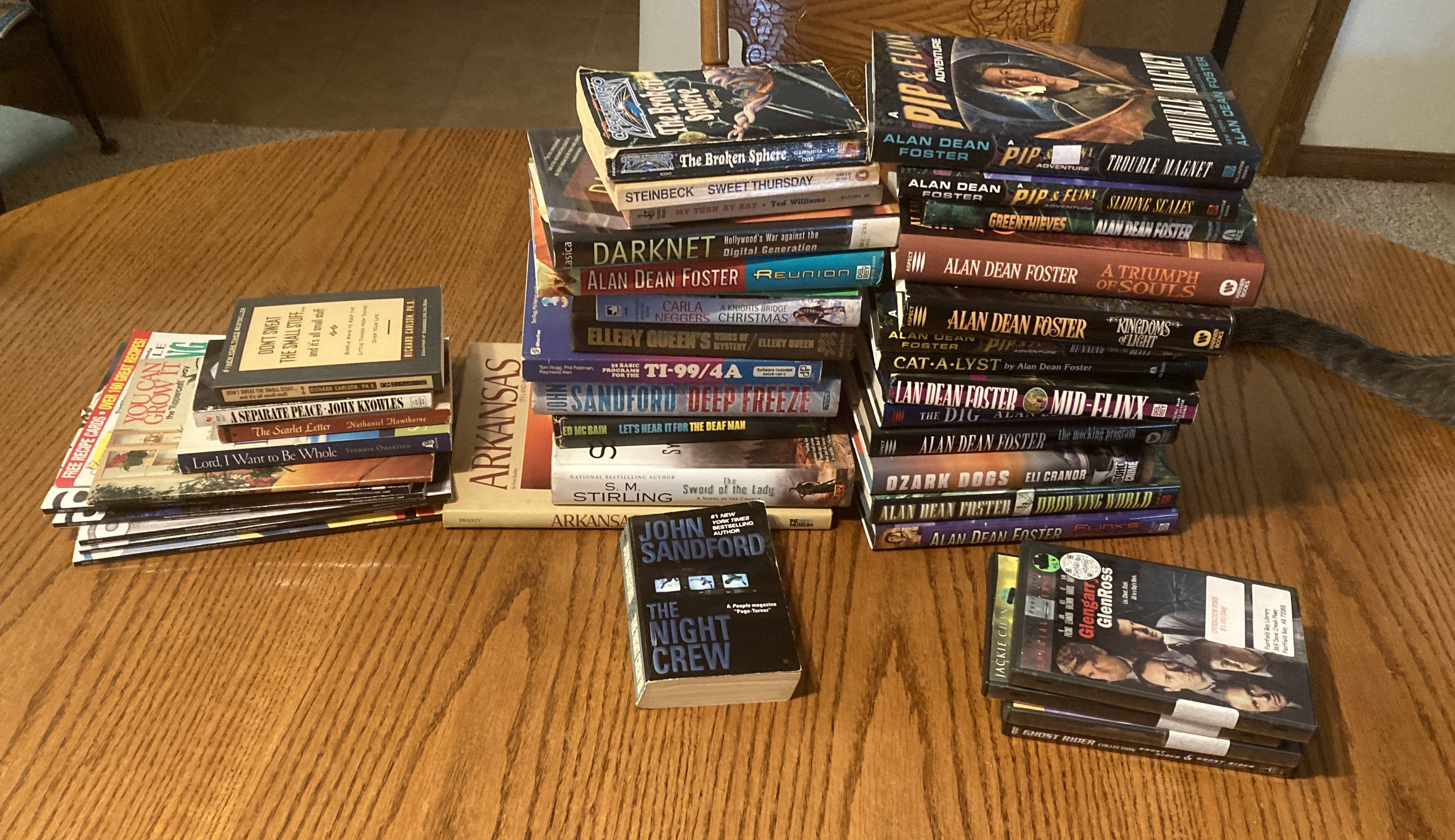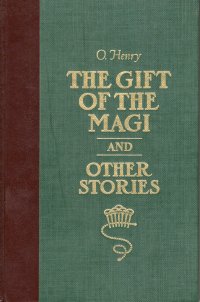 Well, gentle reader, when I reported on The Best of Saki, when I was younger and had probably only read a short-story or two from O. Henry, I confused the two because they were both wry/humorous short story writers who used pseudonyms and were basically contemporaries albeit on different sides of the Atlantic ocean. I also read a book whose author called O. Henry blended with The Twilight Zone, so I thought I would familiarize myself with the O. Henry to see if the comparison was apt. And, well, sometimes.
Well, gentle reader, when I reported on The Best of Saki, when I was younger and had probably only read a short-story or two from O. Henry, I confused the two because they were both wry/humorous short story writers who used pseudonyms and were basically contemporaries albeit on different sides of the Atlantic ocean. I also read a book whose author called O. Henry blended with The Twilight Zone, so I thought I would familiarize myself with the O. Henry to see if the comparison was apt. And, well, sometimes.
So the first two stories, “The Gift of the Magi” and “A Retrieved Reformation”, are the ones you see most anthologized in textbooks. In the first, a husband and wife living on a strict budget sell their most precious possessions (hair and a wristwatch) to buy a Christmas present for the other–which augments the precious possession pawned. In the second, a safecracker is in town for a job, but goes straight when he falls in love and opens a shoe store. But when children are accidentally locked into the new bank vault, he uses his old skills to open the vault under the eyes of the lawman who just caught up with him–but who lets the safecracker go (which reminds me a lot of The Outlaw Josey Wales which might have drawn inspiration from the story).
The book has 27 other stories in it, and I’m too lazy to enumerate them all here. They kind of fall into two camps: love affairs that are missed or are matched and stories about men and/or criminals who don’t get what they’re looking for. Maybe I should break it into three silos, with men getting or not getting what they want and criminals somehow getting a comeuppance, caught, or turning over another leaf.
If you read a bunch of them in a row, they’re a bit repetitive. I mean, we have two stories in 29 where old friends meet after a time where one is now a cop and the other a lawbreaker and the cop cannot bring himself to bust his friend but sort of does due to the twist. The stories do not all end with DUN DUN DUN! They have a little more denouement for that, mostly. And they don’t end up happily–sometimes Richard Cory goes home and puts a bullet in his head (the twist at the end of two or three–or more–of the stories is suicide). But for the most part, they are amusing, or just (justice–I did not forget a word there).
But I was ready after 29 stories to be done. My mother-in-law apparently has the complete works of O. Henry which she inherited from her father, and I cannot imagine trying to go through a multi-volume set at once. Although reading them one or two a month, maybe, or more if you took all the magazines in 1910, that would have been pleasant.
I guess O. Henry doesn’t get much truck with academia these days, which is too bad. He has a lot of good moments and life lessons. And a lot of vocabulary to teach.



 I saw this book mentioned on a blog, and I cannot remember which one. It almost makes me want to create a blog or browser plugin called “Where’d I read that?” which searches the sites on your blog roll and in your browser history to find out where I should attribute credit. Or I could just guess Bayou Renaissance Man, conduct a quick site search over there, and discover
I saw this book mentioned on a blog, and I cannot remember which one. It almost makes me want to create a blog or browser plugin called “Where’d I read that?” which searches the sites on your blog roll and in your browser history to find out where I should attribute credit. Or I could just guess Bayou Renaissance Man, conduct a quick site search over there, and discover 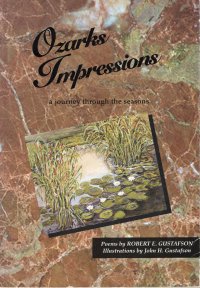 I am not sure when I got this book. It has a Redeemed Books sticker on the back that seems to indicate it was added to their inventory in 2010. So somewhere between then and now. It is a collection of poetry written by a retired economist from a consultancy or think tank and it’s illustrated by his brother, a retired artist. The volume I have is numbered 386 of 1500 and is inscribed to Linda. I found myself musing as much on the history of this book and the men who produced it as the actual contents.
I am not sure when I got this book. It has a Redeemed Books sticker on the back that seems to indicate it was added to their inventory in 2010. So somewhere between then and now. It is a collection of poetry written by a retired economist from a consultancy or think tank and it’s illustrated by his brother, a retired artist. The volume I have is numbered 386 of 1500 and is inscribed to Linda. I found myself musing as much on the history of this book and the men who produced it as the actual contents.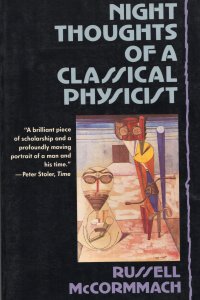 I picked up this book back in
I picked up this book back in  I have to say that this is the best novel based on country-and-western album liner notes that I have ever read.
I have to say that this is the best novel based on country-and-western album liner notes that I have ever read.  Well, gentle reader, I have done it.
Well, gentle reader, I have done it.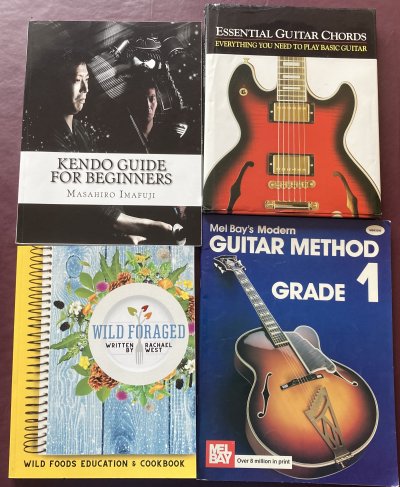
 I got this book
I got this book 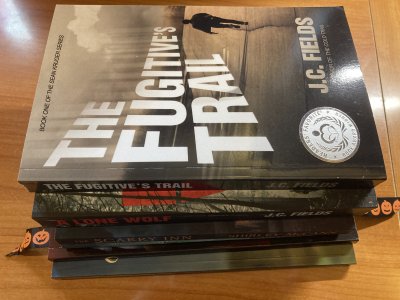
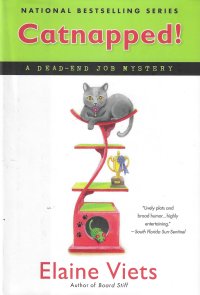 I mentioned when I read Viets’ collections of columns from the St. Louis Post-Dispatch (
I mentioned when I read Viets’ collections of columns from the St. Louis Post-Dispatch (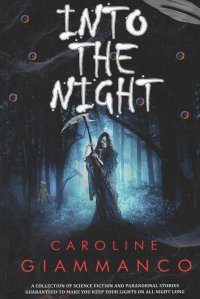 I got this book at ABC Books
I got this book at ABC Books 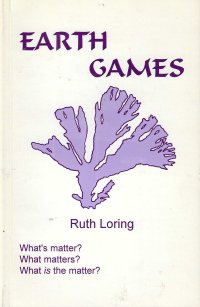 I got this book
I got this book 
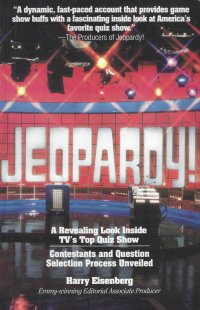 This book came out a couple of years after
This book came out a couple of years after 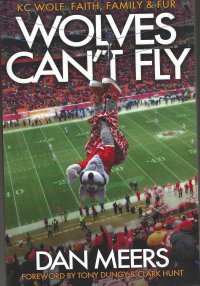 I picked up this book from the free books cart at church. I know, gentle reader, it’s not that I lack for something to read. But our church has a free books cart with cullings from the church library and other books that people drop off. Well, other people, not me, as I rarely separate books from the Nogglestead library, and when I do, they are generally not religous or church-friendly titles. Every Sunday, or almost every Sunday, I make my way past this cart and look it over. Most of the time, I don’t pick up anything as Nogglestead is topped up on Bibles and I don’t tend to read devotionals. But I picked up this book because it is the biography of the guy who serves as the main mascot for the Kansas City Chiefs and includes the story of an accident at Arrowhead Stadium that almost killed him.
I picked up this book from the free books cart at church. I know, gentle reader, it’s not that I lack for something to read. But our church has a free books cart with cullings from the church library and other books that people drop off. Well, other people, not me, as I rarely separate books from the Nogglestead library, and when I do, they are generally not religous or church-friendly titles. Every Sunday, or almost every Sunday, I make my way past this cart and look it over. Most of the time, I don’t pick up anything as Nogglestead is topped up on Bibles and I don’t tend to read devotionals. But I picked up this book because it is the biography of the guy who serves as the main mascot for the Kansas City Chiefs and includes the story of an accident at Arrowhead Stadium that almost killed him.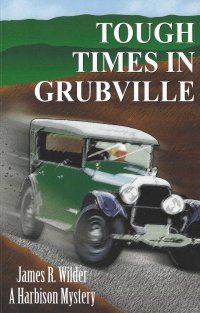 My goodness, it has been a year and a half since I read the first in the Harbison Mystery series (Terror Near Town, which I read in
My goodness, it has been a year and a half since I read the first in the Harbison Mystery series (Terror Near Town, which I read in 